Related Research Articles

Ray Stannard Baker was an American journalist, historian, biographer, and writer.
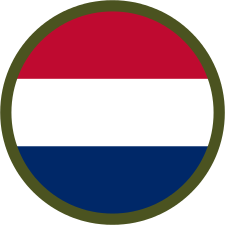
The American Expeditionary Forces was a formation of the United States Armed Forces on the Western Front during World War I. The A. E. F. was established on July 5, 1917, in France under the command of then-Major General John J. Pershing. It fought alongside French Army, British Army, Canadian Army, British Indian Army, New Zealand Army and Australian Army units against the Imperial German Army. A small number of A. E. F. troops also fought alongside Italian Army units in 1918 against the Austro-Hungarian Army. The A. E. F. helped the French Army on the Western Front during the Aisne Offensive in the summer of 1918, and fought its major actions in the Battle of Saint-Mihiel and the Meuse-Argonne Offensive in the latter part of 1918.
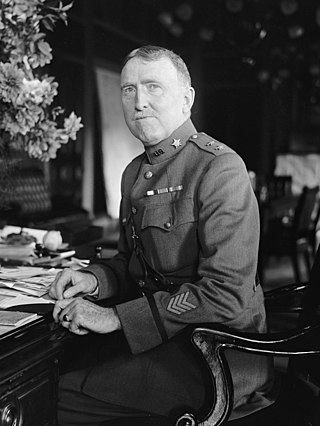
John Leonard Hines was an American general who served as Chief of Staff of the United States Army from 1924 to 1926.
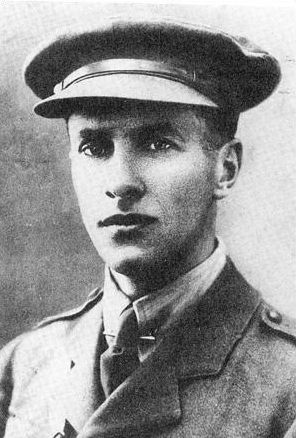
Walter Duranty was an Anglo-American journalist who served as Moscow bureau chief of The New York Times for fourteen years (1922–1936) following the Bolshevik victory in the Russian Civil War (1917–1923).
The following are the Pulitzer Prizes for 1932.
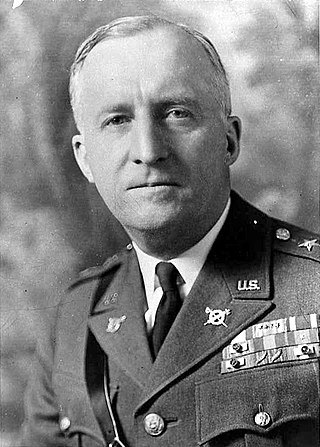
Hugh Aloysius Drum was a career United States Army officer who served in World War I and World War II and attained the rank of lieutenant general. He was notable for his service as chief of staff of the First United States Army during World War I, and commander of First Army during the initial days of World War II.
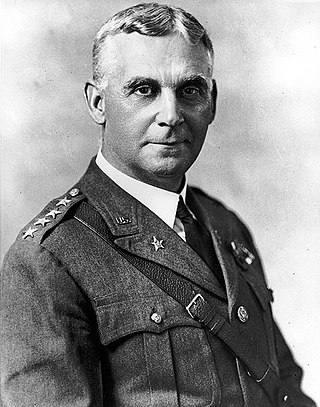
General Charles Pelot Summerall was a senior United States Army officer. He commanded the 1st Infantry Division in World War I, was Chief of Staff of the United States Army from 1926 to 1930, and was President of The Citadel between 1931 and 1953.
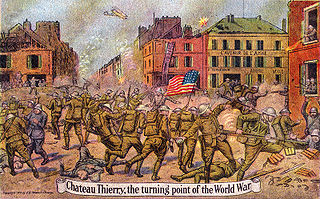
The Battle of Château-Thierry was fought on July 18, 1918 and was one of the first actions of the American Expeditionary Forces (AEF) under General John J. Pershing. It was a battle in World War I as part of the Second Battle of the Marne, initially prompted by a German Spring Offensive. German and local actions at Château-Thierry recommenced on May 31 to July 22, 1918, against the AEF, an American Expeditionary Force, consisting of troops from both the United States Army and Marine Corps units. These units were the newest troops on the front in France and just barely out of training.

Lieutenant General James Guthrie Harbord was a senior officer of the United States Army and president and chairman of the board of RCA. During World War I, he served from mid-1917 to mid-1918 as chief of staff of the American Expeditionary Forces (AEF), commanded by General John J. Pershing, before commanding a brigade and briefly a division and then the Services of Supply of the AEF. In the former role he was, in the words of former soldier-turned historian David T. Zabecki,
The U.S. Army's first modern operational-level chief of staff in a combat theater, and he would be the model for all others who followed. He played a key role in developing the staff structure and organization used throughout the U.S. military to this day, as well as by most NATO countries. He was one of the most influential U.S. Army officers of the early 20th century.
The Supreme War Council was a central command based in Versailles that coordinated the military strategy of the principal Allies of World War I: Britain, France, Italy, the United States, and Japan. It was founded in 1917 after the Russian Revolution and with Russia's withdrawal as an ally imminent. The council served as a second source of advice for civilian leadership, a forum for preliminary discussions of potential armistice terms, later for peace treaty settlement conditions, and it was succeeded by the Conference of Ambassadors in 1920.
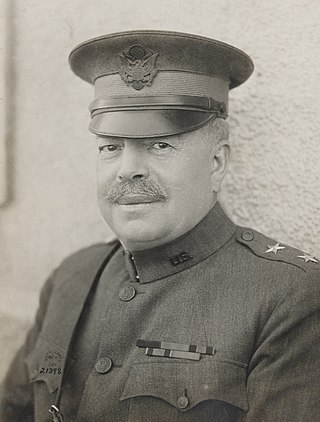
Joseph Theodore Dickman was a United States Army officer who saw service in five wars, rising to the rank of major general.

Major General William Luther Sibert was a senior United States Army officer who commanded the 1st Division on the Western Front during World War I.
Webb Miller was an American journalist and war correspondent. He covered the Pancho Villa Expedition, World War I, the Spanish Civil War, the Italian invasion of Ethiopia, the Phoney War, and the Russo-Finnish War of 1939. He was nominated for the Pulitzer Prize for his coverage of the execution of the French serial killer Henri Désiré Landru ("Bluebeard") in 1922. His reporting of the Salt Satyagraha raid on the Dharasana Salt Works was credited for helping turn world opinion against British colonial rule of India.

General of the Armies John Joseph Pershing, nicknamed "Black Jack", was a senior United States Army officer. He served most famously as the commander of the American Expeditionary Forces (AEF) during World War I from 1917 to 1920. In addition to leading the AEF to victory in World War I, Pershing notably served as a mentor to many in the generation of generals who led the United States Army during World War II, including George C. Marshall, Dwight D. Eisenhower, Omar Bradley, Lesley J. McNair, George S. Patton and Douglas MacArthur.

William Mason Wright was a career officer in the United States Army. He attained the rank of lieutenant general and was most notable for his service as a division and corps commander during World War I.

Hubert Renfro Knickerbocker was an American journalist and author. He was nicknamed "Red" from the color of his hair.
Samuel Thomas Hubbard Jr. (1884–1962) was a cotton industry executive and military intelligence officer with the American Expeditionary Forces during World War I. Hubbard served as chief of the Enemy Order of Battle Section in the G2 Military Intelligence Division and then as a liaison to the Allied Forces' headquarters for General John Pershing. He also served as director of the military intelligence school in Langres, France at the end of the war. Recognizing these efforts, the U.S. Army awarded Hubbard their Distinguished Service Medal, and France awarded him their Officier d'Académie Medal. Returning to the U.S., Hubbard worked as an executive with Hubbard Brothers & Company (HBC), a cotton grower launched by his family members. Representing HBC, he served as vice president and then as president of the New York Cotton Exchange, the oldest commodity exchange in New York City.

Major General Edward Mann Lewis, KCMG, was a highly decorated United States Army officer who served his nation for 46 years. During the First World War, he led the 30th Infantry Division when they broke the Hindenburg Line. Upon arrival in France in 1917, he was placed in command of all U.S. forces in Paris. In 1918 he led the 3rd Brigade of the 2nd Infantry Division at Château-Thierry where he was responsible for planning and leading the attack on the strategic town of Vaux. General John J. Pershing then promoted him and placed him in command of the 30th Infantry Division in July 1918. Assigned to the Fourth British Army, the 30th Division broke the Hindenburg Line on September 29, hastening the end of the Great War.

This is the American Expeditionary Forces on the Western Front order of battle. The American Expeditionary Forces (AEF) consisted of the United States Armed Forces that were sent to Europe in World War I to support the Allied cause against the Central Powers. During the United States campaigns in World War I the AEF fought in France alongside French and British allied forces in the last year of the war, against Imperial German forces. Some of the troops fought alongside Italian forces in that same year, against Austro-Hungarian forces. Late in the war American units also fought in Siberia and North Russia.
References
- ↑ Pershing, John J. (1931). My Experiences in the World War. Vol. I. New York, NY: Frederick A. Stokes. p. Title.
- 1 2 3 4 5 6 Pershing, John J. (1931). My Experiences in the World War. New York: Frederick A. Stokes Company.
- ↑ "The 1932 Pulitzer Prize in History". The Pulitzer Prizes. New York, NY: Columbia University. Retrieved October 13, 2016.